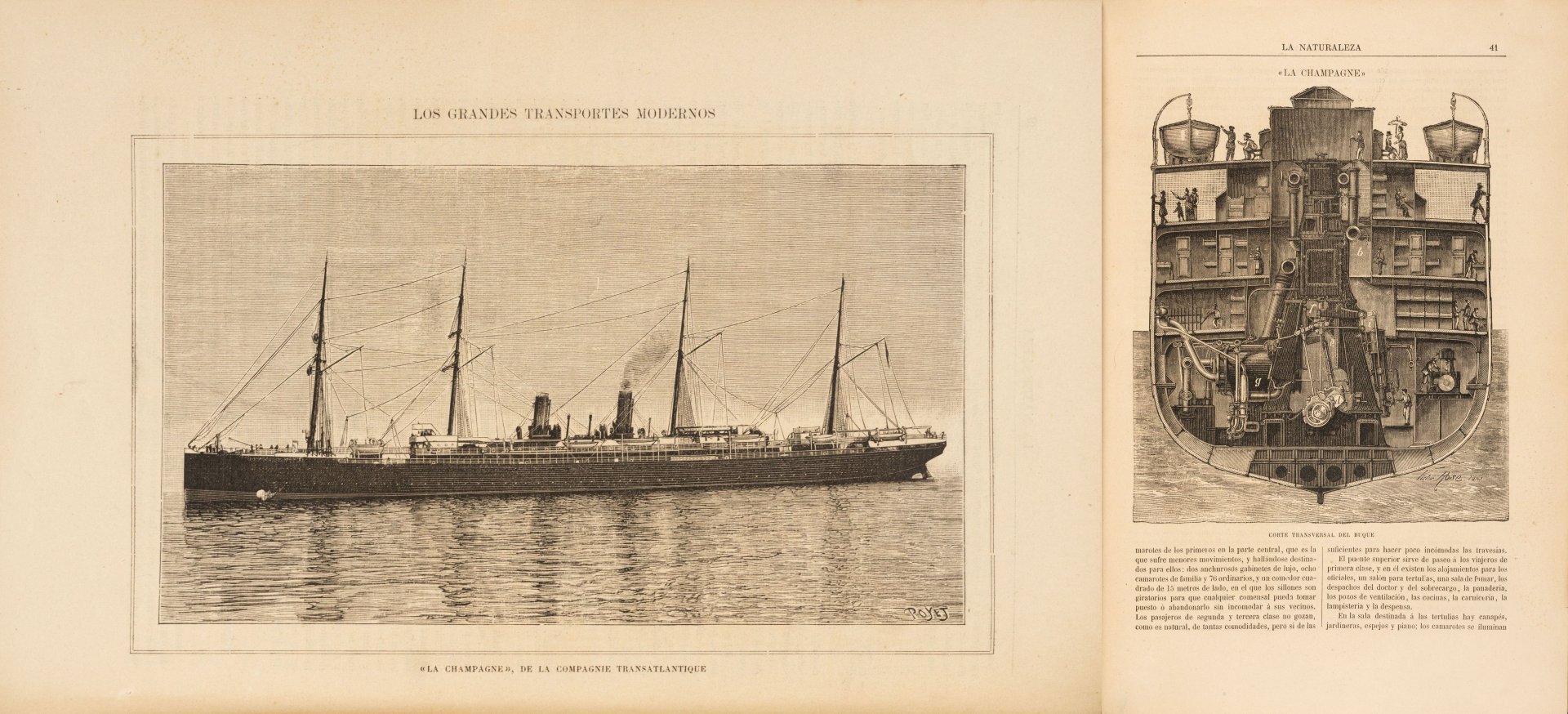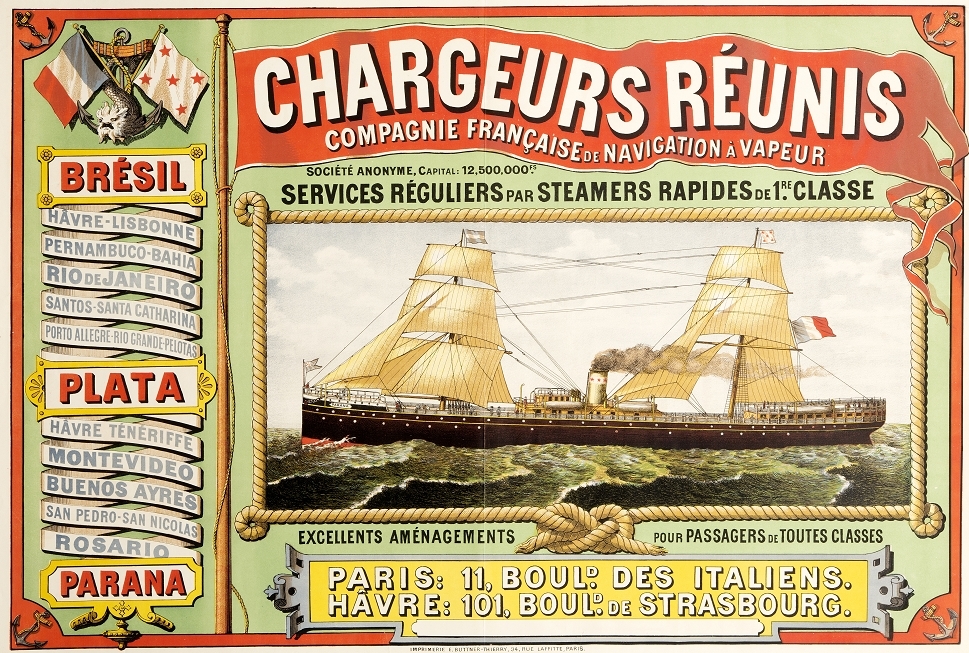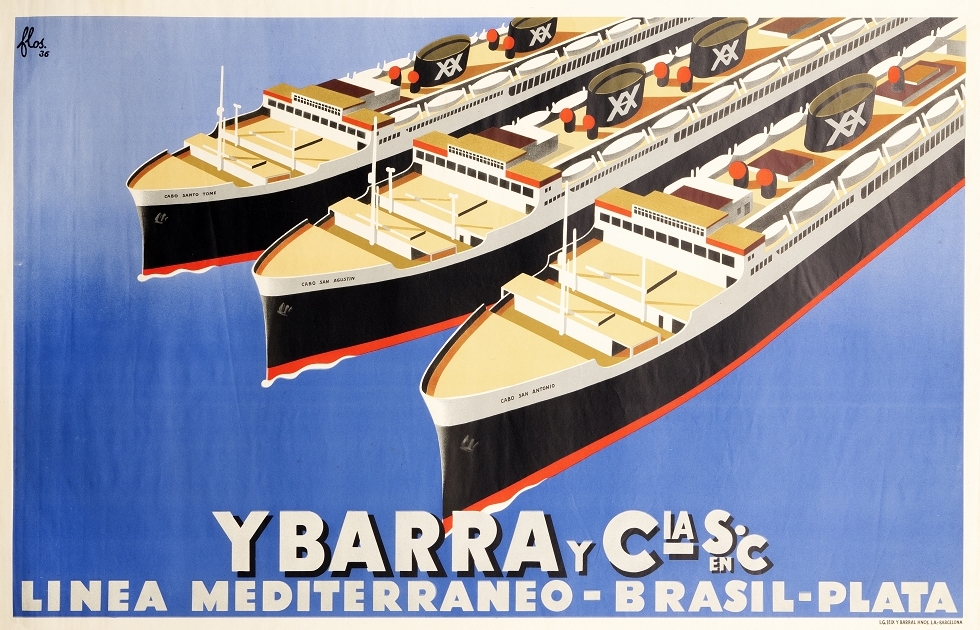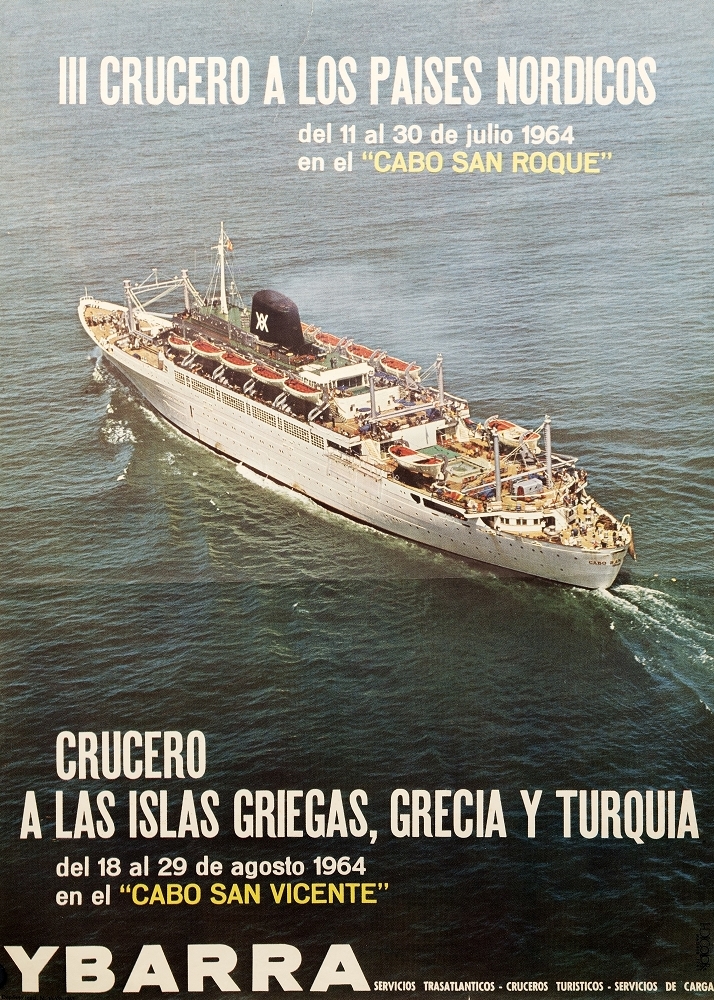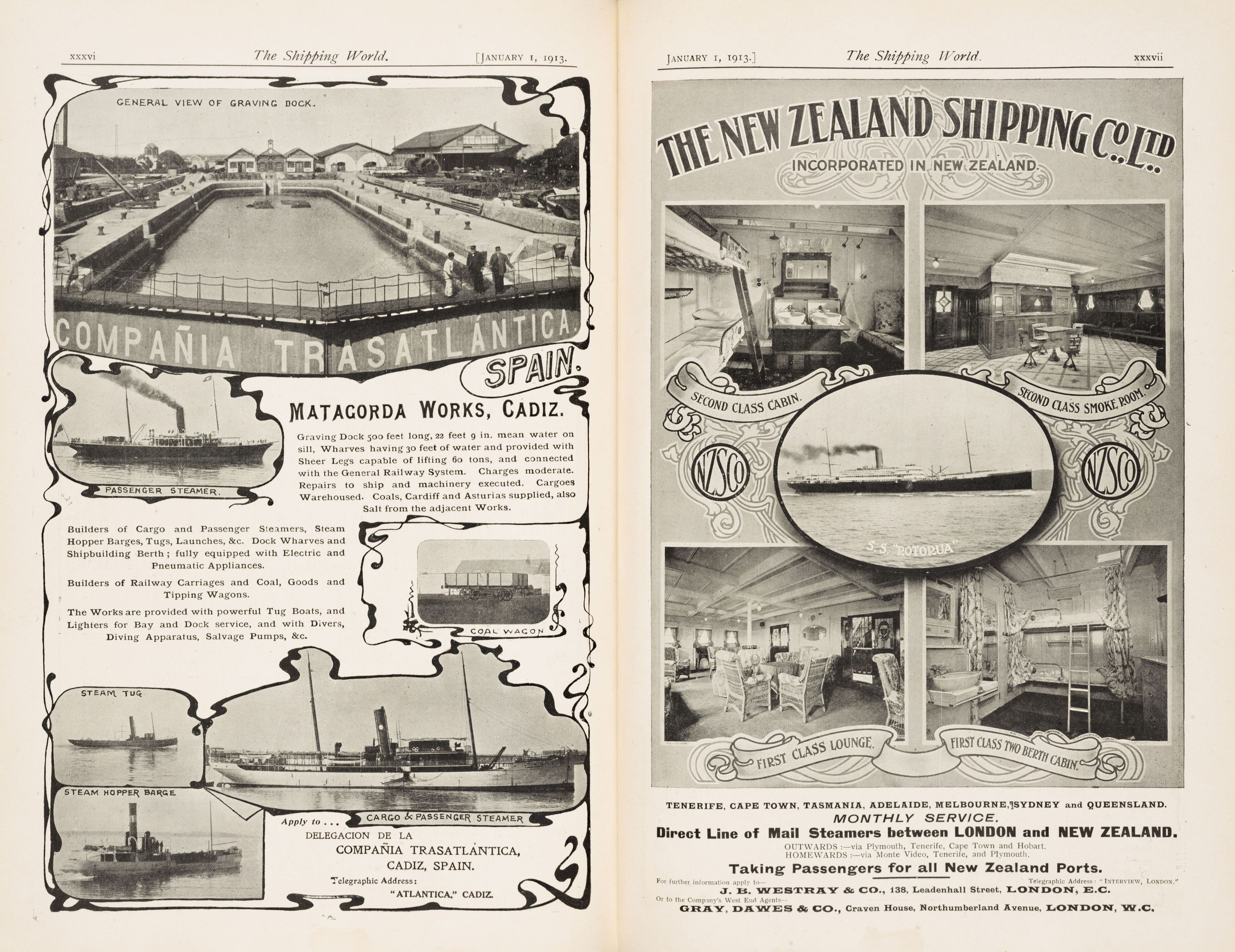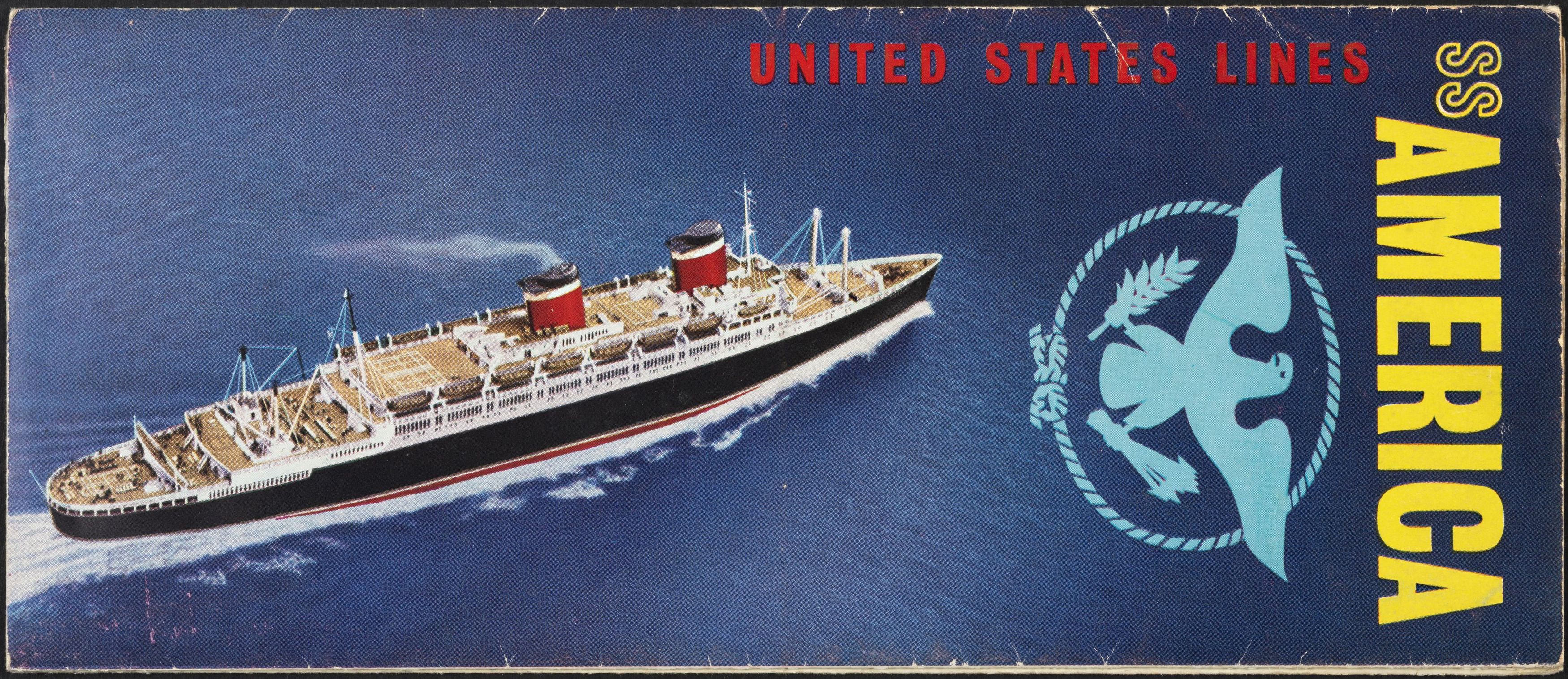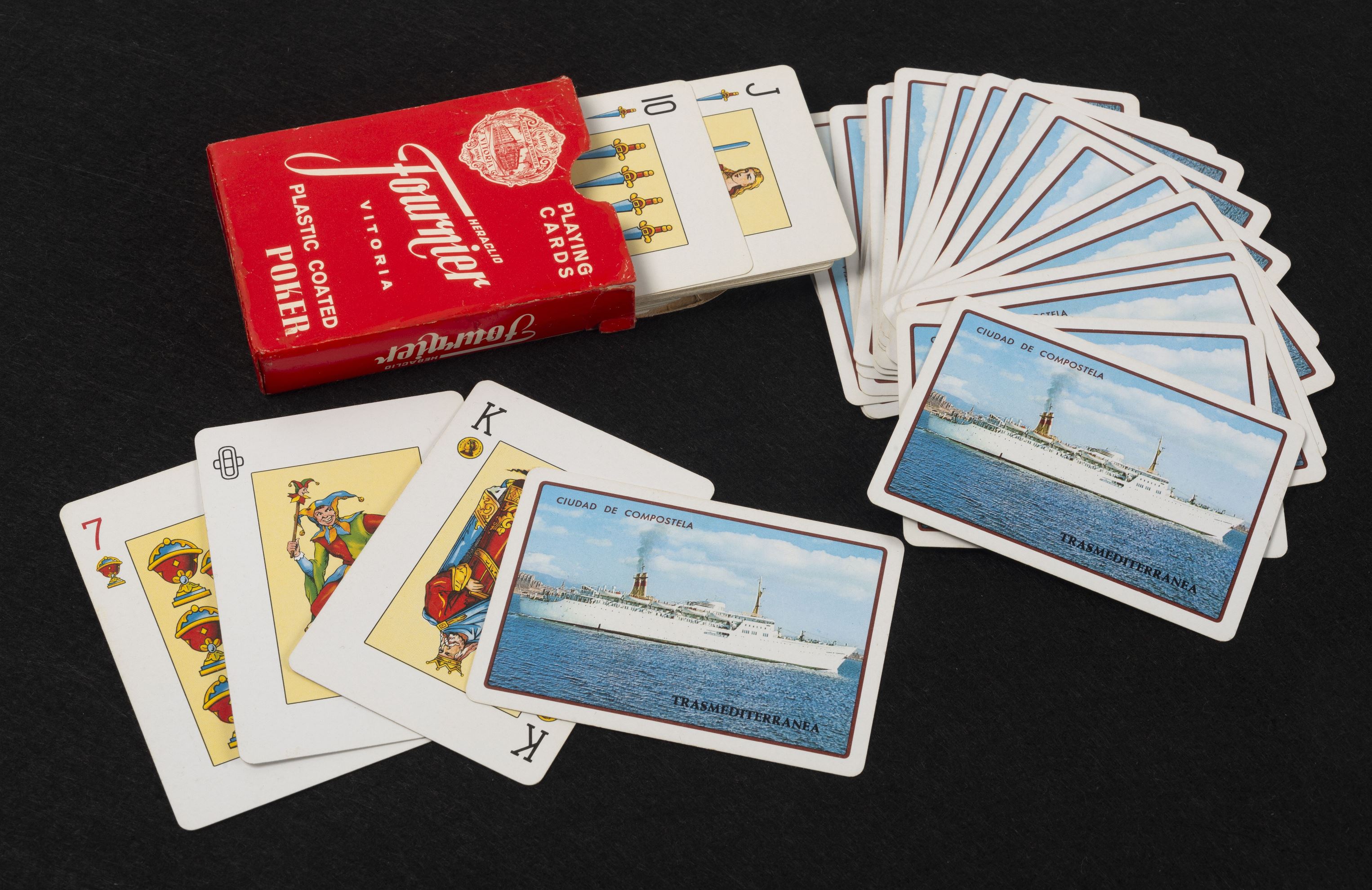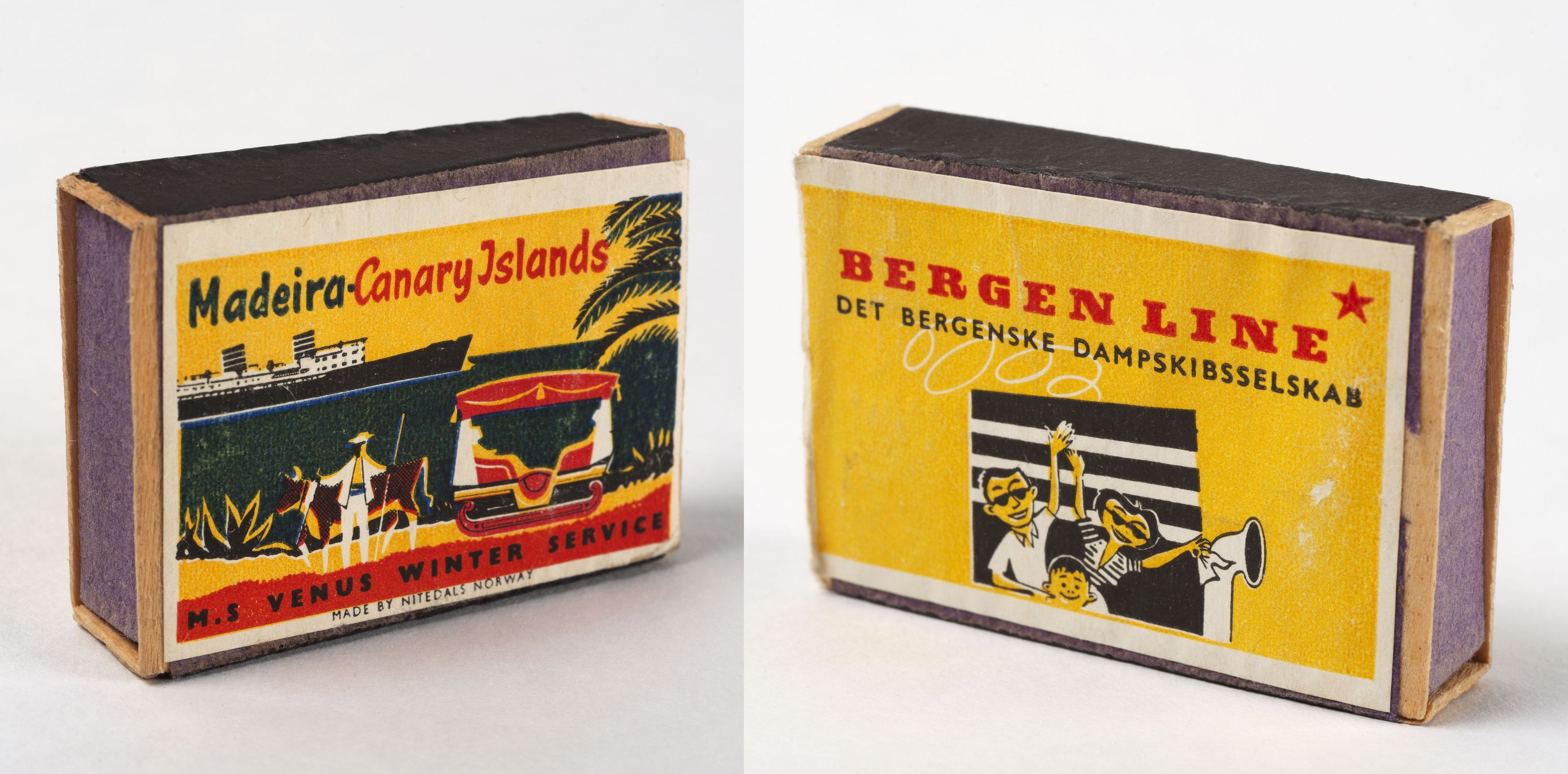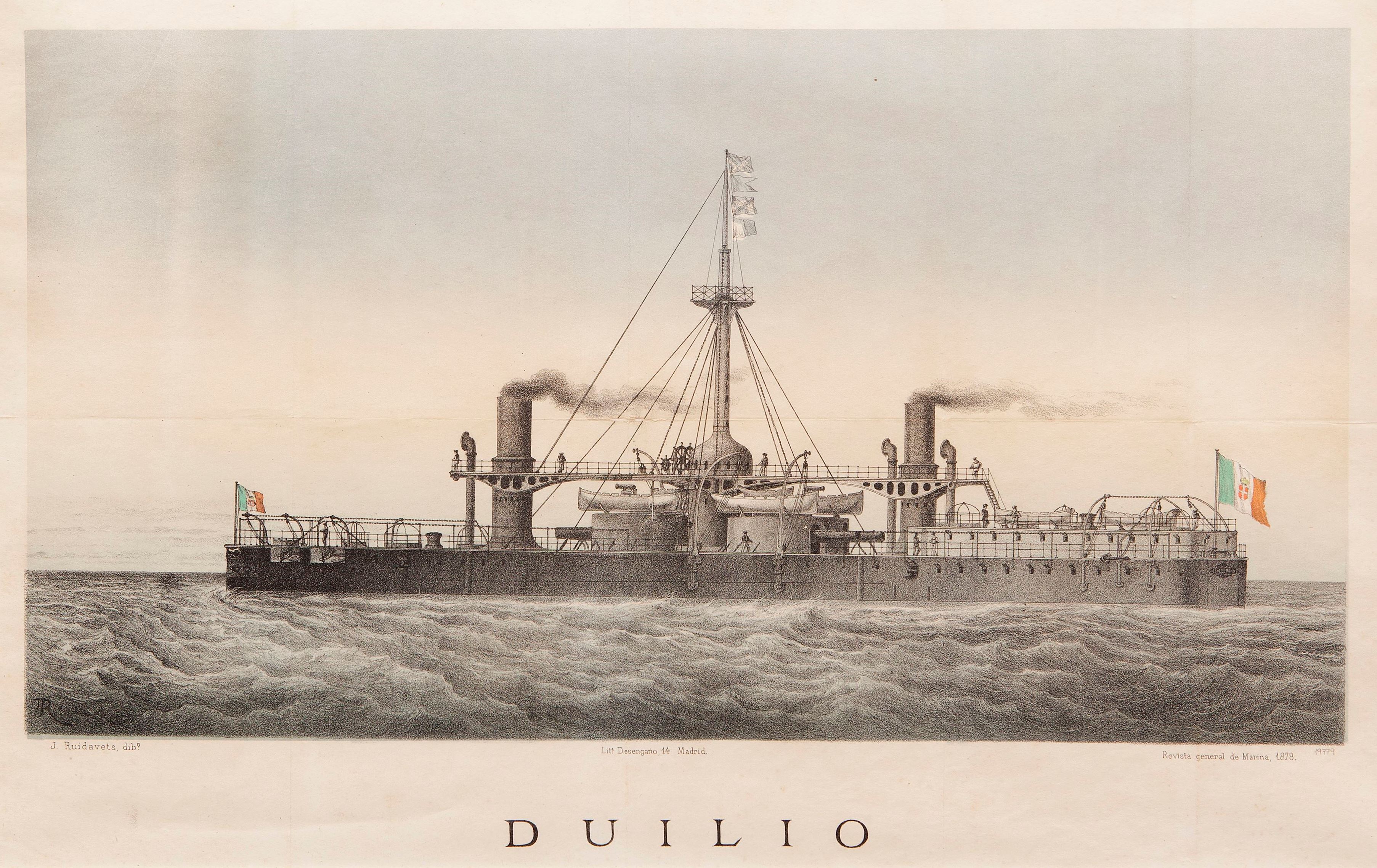

GRAPHIC ARTS
The development of printing techniques opened up new ways of representing reality. Details are removed, distinguishing features are emphasised and the text takes centre stage. Portraits are used both to advertise trips and as decoration for promotional items.
PHOTOGRAPHY AS A REFERENCE DOCUMENT
At the end of the 19th century, publishing production began to grow and new reproduction techniques were developed: xylography, chalcography, lithography and chromolithography. The technical limitations of printing meant photos could not be reproduced, so to publish them, they had to be copied and engraved. Drawers and engravers worked for the media and for shipping, to advertise their journeys, personalise documents and decorate promotional objects.
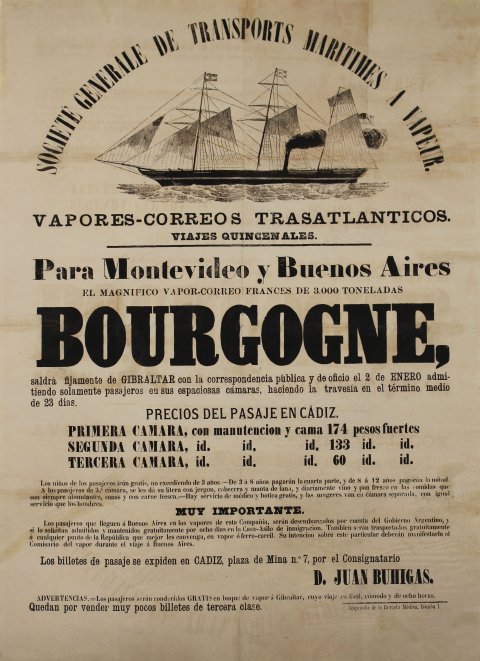



PORTRAITS IN ADVERTISING
In the middle of the 19th century, the invention of photoengraving increased the scientific and informational value of the illustrations. The monotype (1884), linotype (1887) and later typographic techniques would be replaced by photographic techniques, such as photocomposition.
The shipping companies, particularly passenger lines, commissioned graphic designers for advertising campaigns. The designer, unlike previous portrait artists, removed details, highlighted unique features and always included the name to identify the ship.

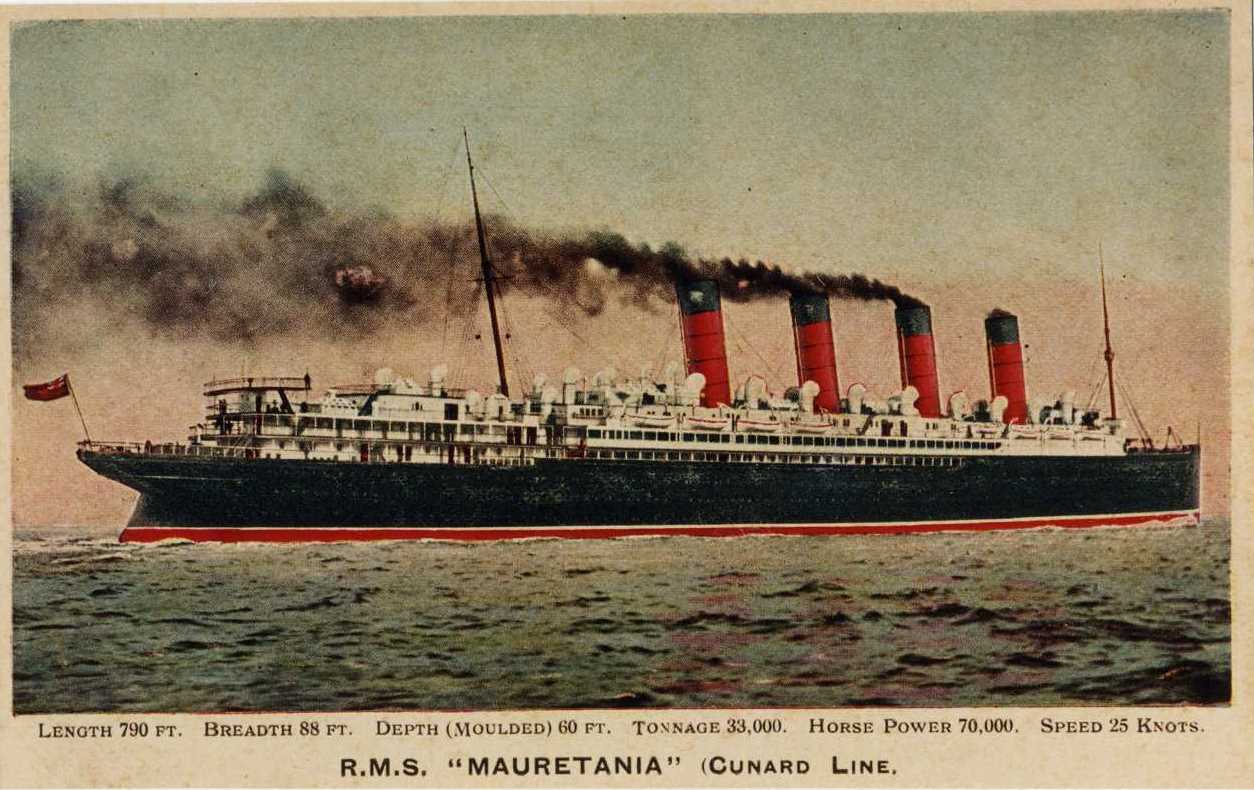
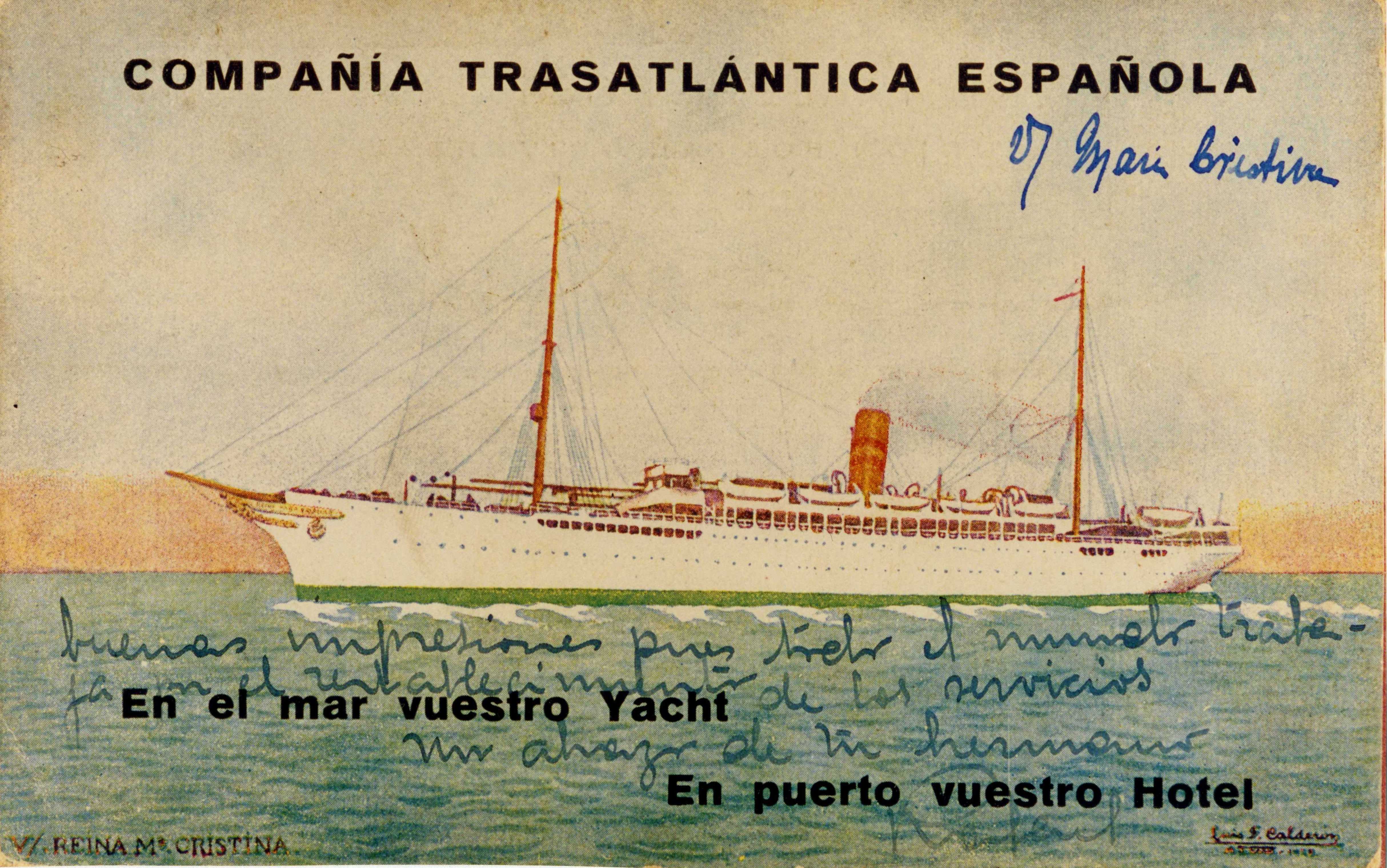
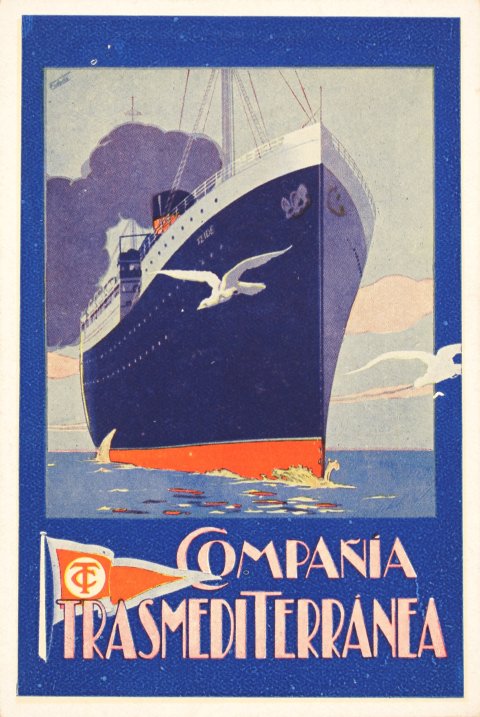
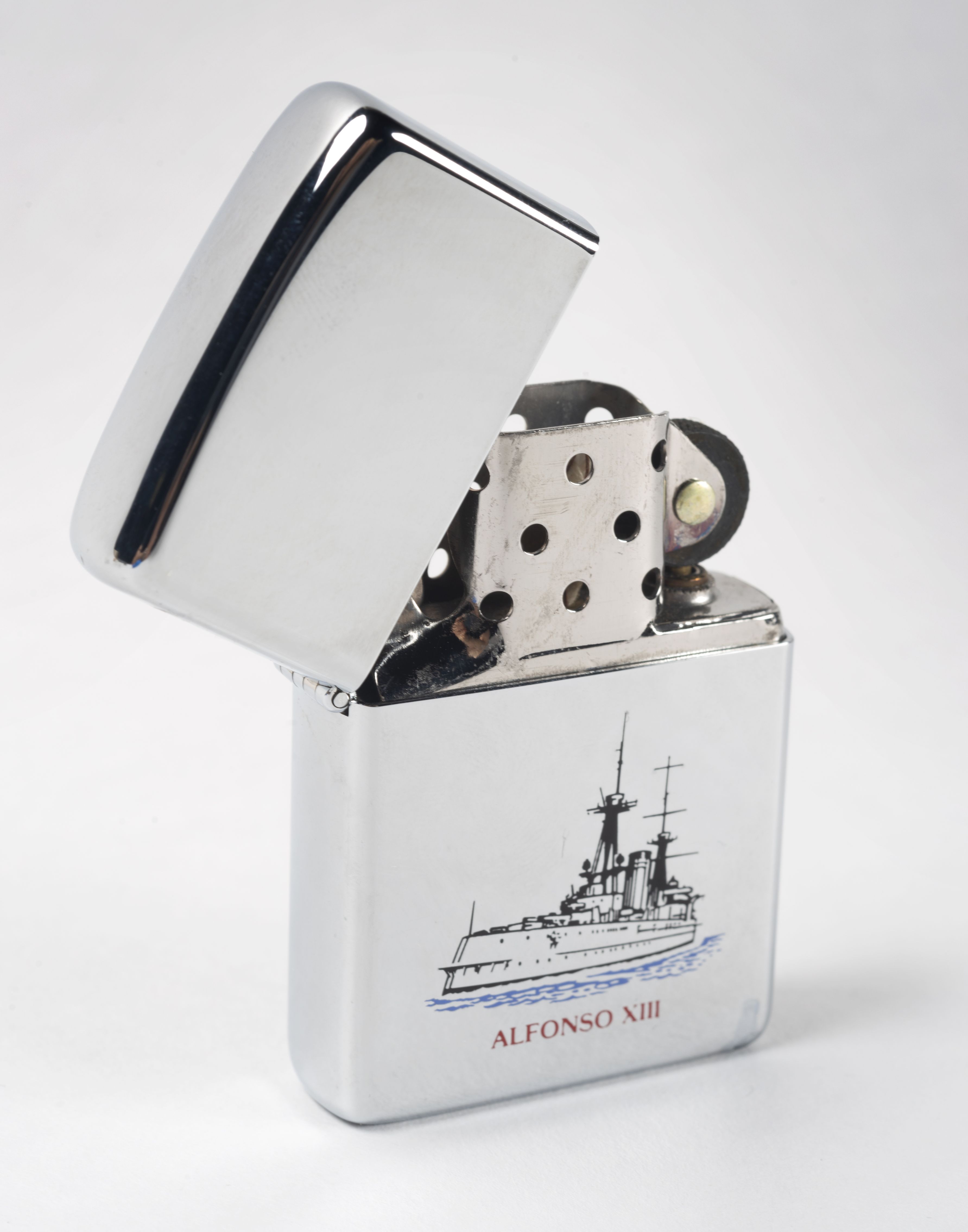

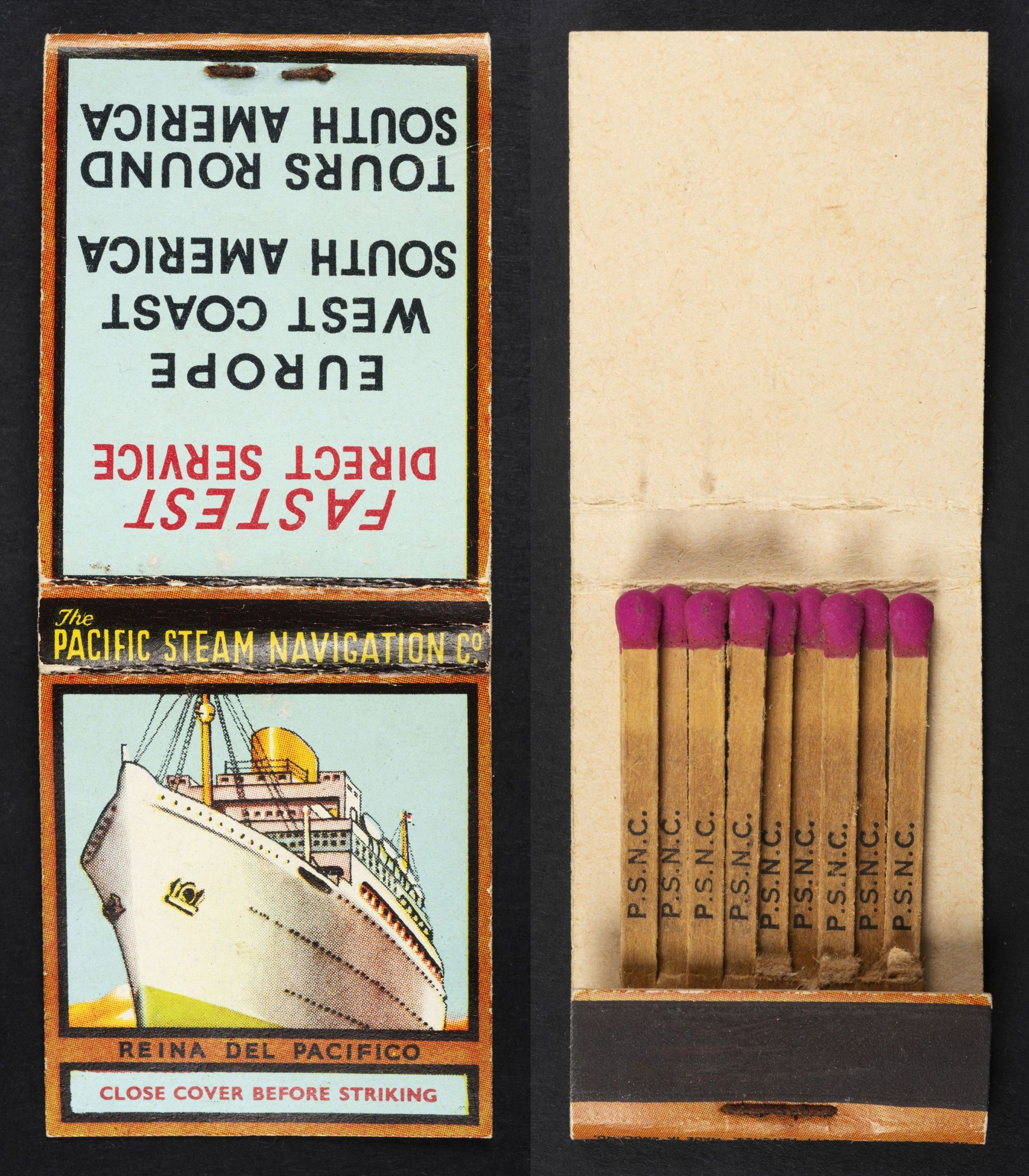

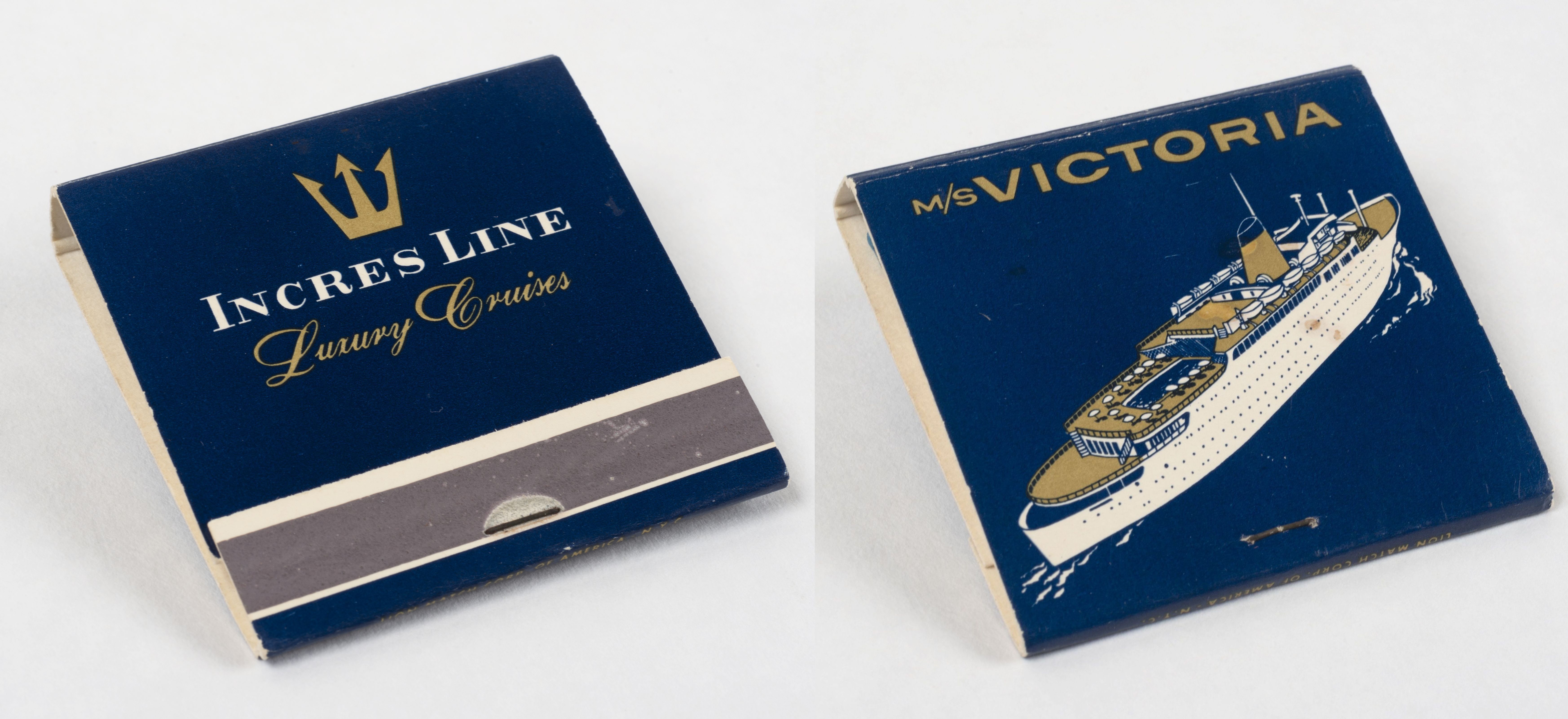
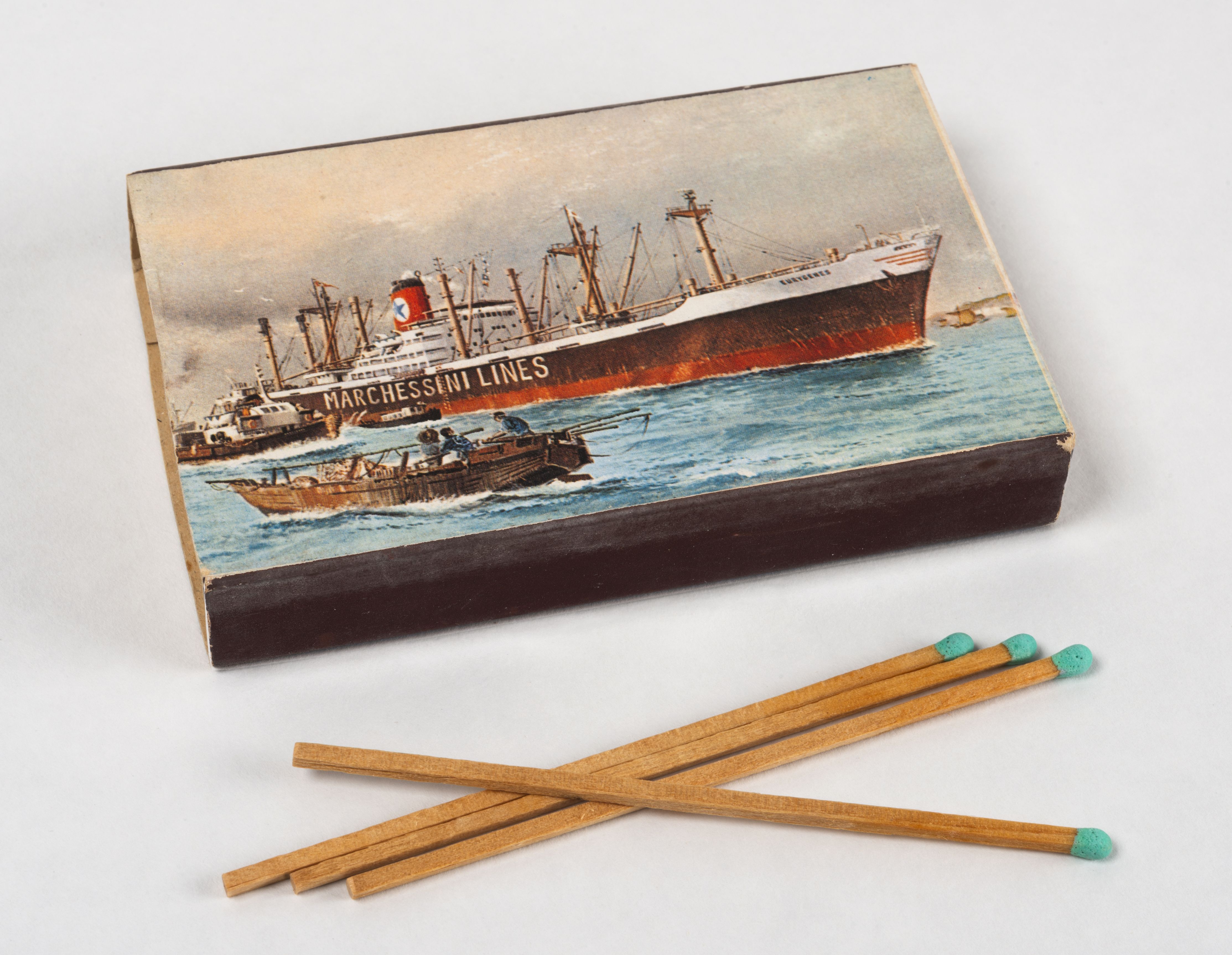
M.TERESA SALA, CONSERVATION AND RESTORATION TECHNICIAN

